Lord Vishnu is called tri-yuga. He appears in three yugas–Satya, Treta, and Dvapara–but in Kali-yuga He does not appear. From the prayers of Prahlada Maharaja, however, we understand that He appears garbed as a devotee in Kali-yuga. Lord Caitanya is that devotee. Krishna appeared in the form of a devotee, but although He never disclosed Himself, Rupa Gosvami could understand His identity, for the Lord cannot hide Himself from a pure devotee. Rupa Gosvami detected Him when he offered his first obeisances to Lord Caitanya. He knew that Lord Caitanya was Krishna Himself and therefore offered his obeisances with the following words: “I offer my respects to Krishna, who has now appeared as Lord Caitanya.” This is also confirmed in the prayers of Prahlada Maharaja: in Kali-yuga He does not directly appear, but He appears as a devotee. Vishnu, therefore, is known as tri-yuga. Another explanation of tri-yuga is that He has three pairs of divine attributes, namely power and affluence, piety and renown, and wisdom and dispassion. According to Sridhara Svami, His three pairs of opulence are complete riches and complete strength, complete fame and complete beauty, and complete wisdom and complete renunciation. There are different interpretations of tri-yuga, but it is accepted by all learned scholars that tri-yuga means Vishnu.
Source: A.C. Bhaktivedanta Swami Prabhupada (2014 edition), “Srimad Bhagavatam”, Third Canto, Chapter 24 – Text 26


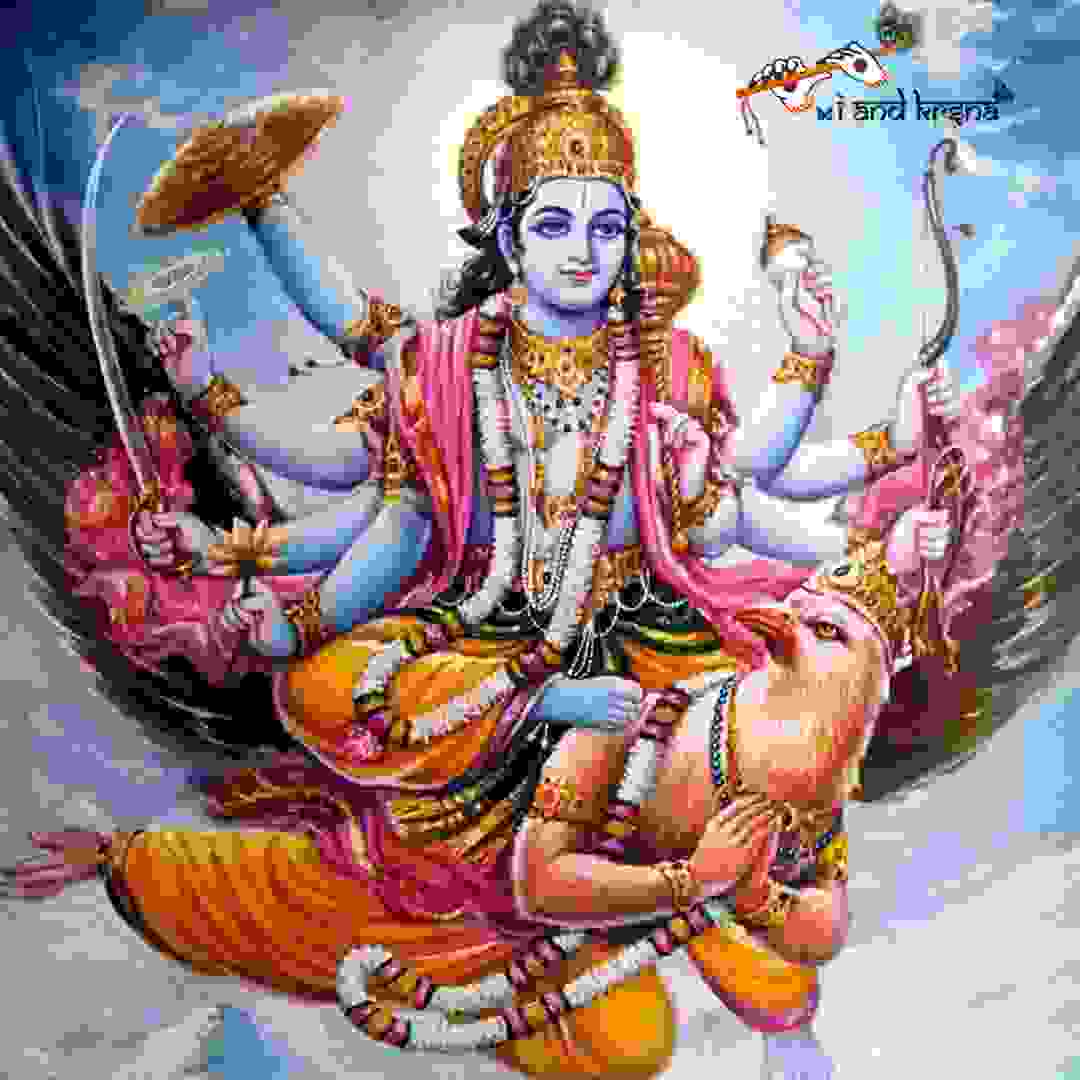
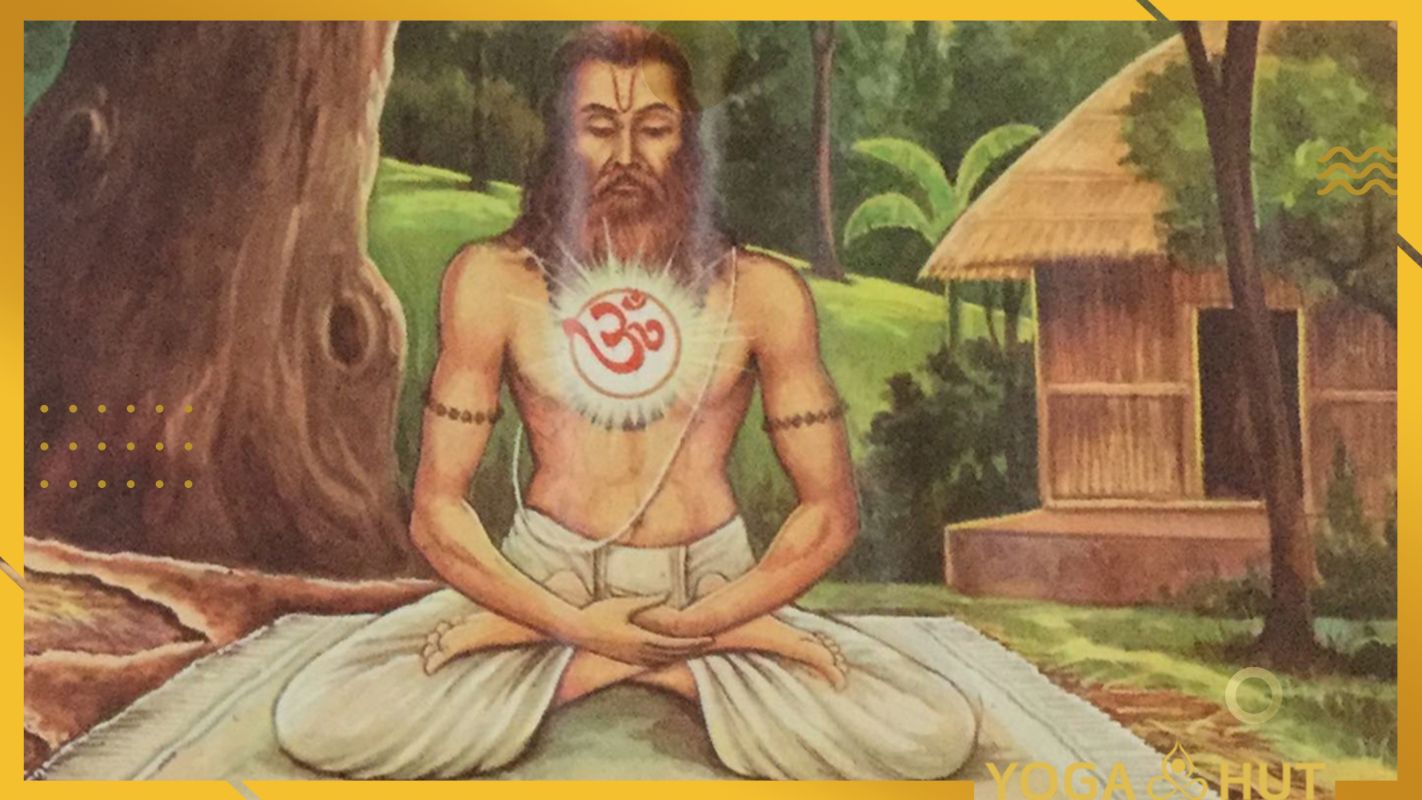
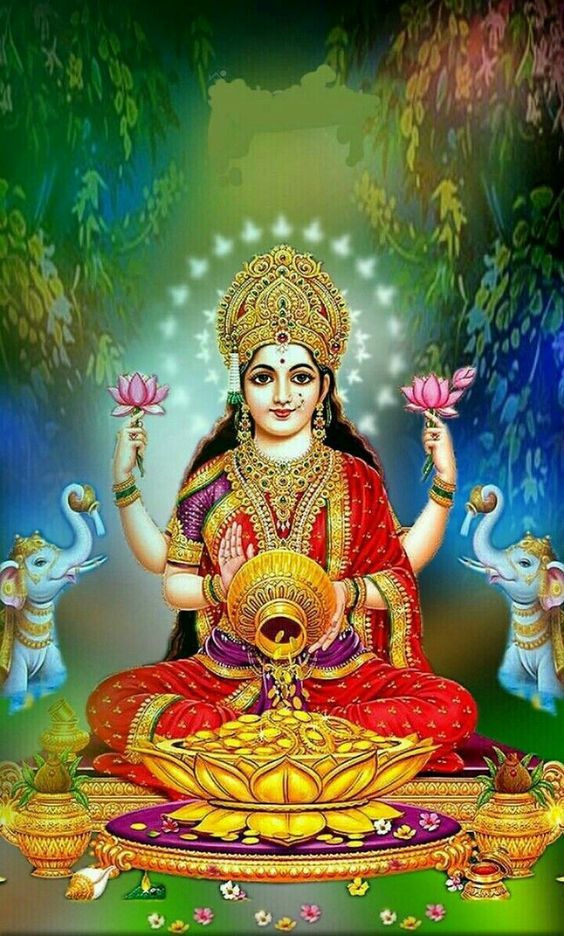

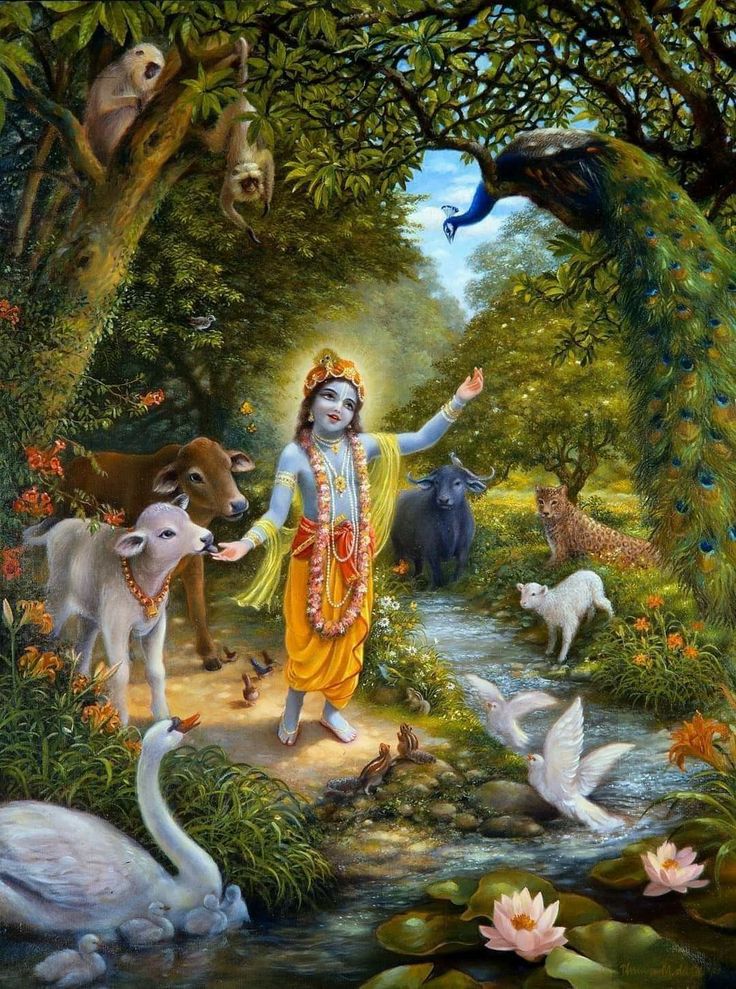

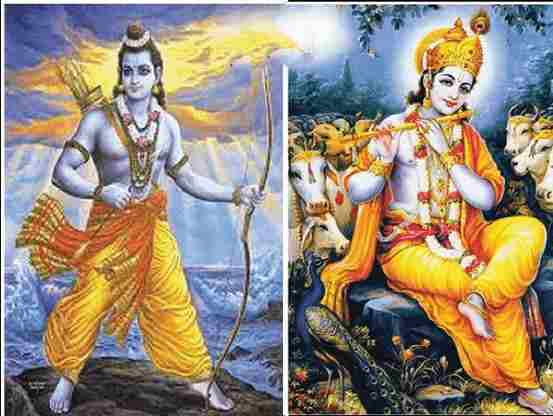












Leave A Comment